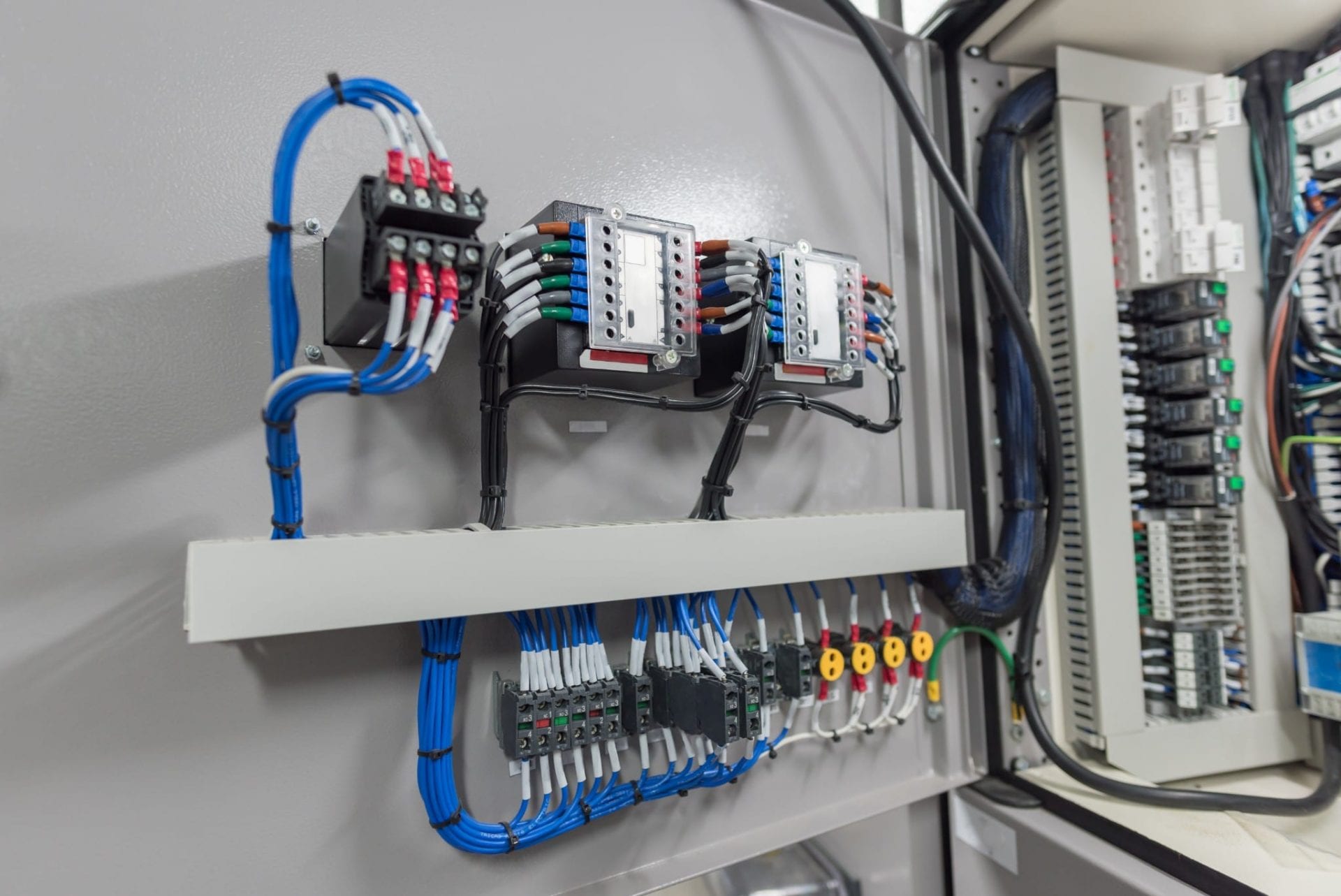Electrical Wiring Made Easy: A Beginner's Guide to Wiring Your Own Home

The electrical wiring is an essential part of any home, and understanding it is crucial for each homeowner. Not only is it helpful to ensure the efficient operation of your home but it’s also crucial for your safety. In this article, we will examine the fundamentals of electrical wiring, the importance of safety as well as the benefits of employing a licensed residential electrician for all your electrical wiring requirements.
Understanding the basics of electrical wiring
Wiring for electrical purposes is the system of electrical conductors that run through your house, delivering electricity to your appliances as well as lighting fixtures. It functions by creating electrical circuits that connect your sources of power to your devices. Electrical circuits consist of wires, switches, as well as other components of electricity that function to create a safe and efficient electrical system. There are various kinds of electrical wiring, such as aluminum, copper, and different types of wire insulation, like PVC or rubber.
Planning and Preparation for Electrical Wiring
Before you install new electrical wiring, there are several factors to consider, including the kind of wiring that you need, the capacity for your current electrical systems and your power requirements. It is also important to know about electrical wire regulations as well as permits required in your locality. In order to prepare your electrical wiring system, create an electrical plan, and then assess your electrical requirements. This will make sure that the electrical wiring is safe efficient, reliable, and meets the power requirements of your home.
Materials and Tools Required for Electrical Wiring
When installing new electrical wiring it is crucial to have the right tools and materials available. Tools that are essential include wire cutters, strippers, pliers, and the voltage tester. Other items required for wiring electrically are electrical tape, wire nuts, conduit and electrical boxes. It’s also beneficial to be equipped with a wiring diagram to guide you through the process of installing.
Step-by-Step Guide to Electrical Wiring Installation
The installation of electrical wiring is complicated however, with the right tools and expertise it can be accomplished quickly and safely. Here is a step-by-step guide to installing electrical wiring at home:
Switch off the power in the area where you will be working.
Plan the wiring layout and mark the location where the wire will be placed.
Install electrical boxes and conduit when needed.
Cut and strip the wires to the proper length.
Wires should be connected to devices or fixtures that you’re wiring.
Secure the wires in place using the wire nuts or electrical tape and conduit straps.
Check the wiring to make sure that it’s functioning correctly.
When installing the wiring, it is important to adhere to wiring installation best techniques and guidelines. Also, be aware of common mistakes in the installation of electrical wire for example, wiring circuits that are too large, using wires that are damaged, or using the wrong type of wire for the job.
Troubleshooting Electrical Wiring Problems
Even with careful design and installation, electrical wiring issues can occur. Common issues include wiring damages, circuit overloads as well as electrical shorts. To solve these issues it is crucial to know about common electrical wiring problems and understand how to safely and effectively tackle these issues. It is also essential to follow electrical safety procedures in the event of a problem with electrical wiring including shutting off the power source and wearing safety gear.
Conclusion
Understanding the how your electrical wiring is wired in your home is vital to your safety as well as the effective functioning that your electric system provides. It is important to hire a licensed electrician to ensure that your wiring is maintained and installed correctly. We at Local Electrician Kellyville, we provide various electrical services, including wiring installation and repair. Contact Local Electrician Kellyville at 1300 864 148 for all your electrical wiring needs.
Electrical Wiring FAQ
Here are some frequently asked questions about electrical wiring, along with other safety guidelines and best practices for electrical wiring repair and installation:
What kind of wire should I use to wire my electrical circuit?
The type of wire you choose to use for electrical wiring is contingent on the particular requirements of your project and the local building codes. It is essential to choose the right gauge for your wire along with the insulation type, as well as wire material to ensure security and effectiveness of your electrical system.
Do I have the ability to put in myself my own wiring for electrical use?
While it is possible to install your own electrical wiring, it is essential to have the proper skills and knowledge to complete the task in a safe and efficient manner. In most cases, it is recommended to engage an authorized electrician to ensure that the wiring is properly installed and maintained properly.
How often do I need to have my electrical wiring inspected?
It is suggested to examine your electrical wiring at least every 10 years, or when you observe signs of electrical problems for example, frequent trips to the circuit breaker or electrical shocks.
What do I do if discover electrical wiring issues within my home?
If you notice any electrical wiring issues in your home, such as flickering lights or outlets that don’t work, it’s crucial to address them immediately. Switch off the power source to the area affected and then contact an accredited electrician to evaluate and repair the problem.
By following these suggestions and best methods, you can be sure the electrical wires are safe and operating correctly. Remember to prioritize safety and consult with a licensed electrician when needed. Contact Local Electrician Kellyville at 1300 864 148 to discuss all of electrical wiring issues.
